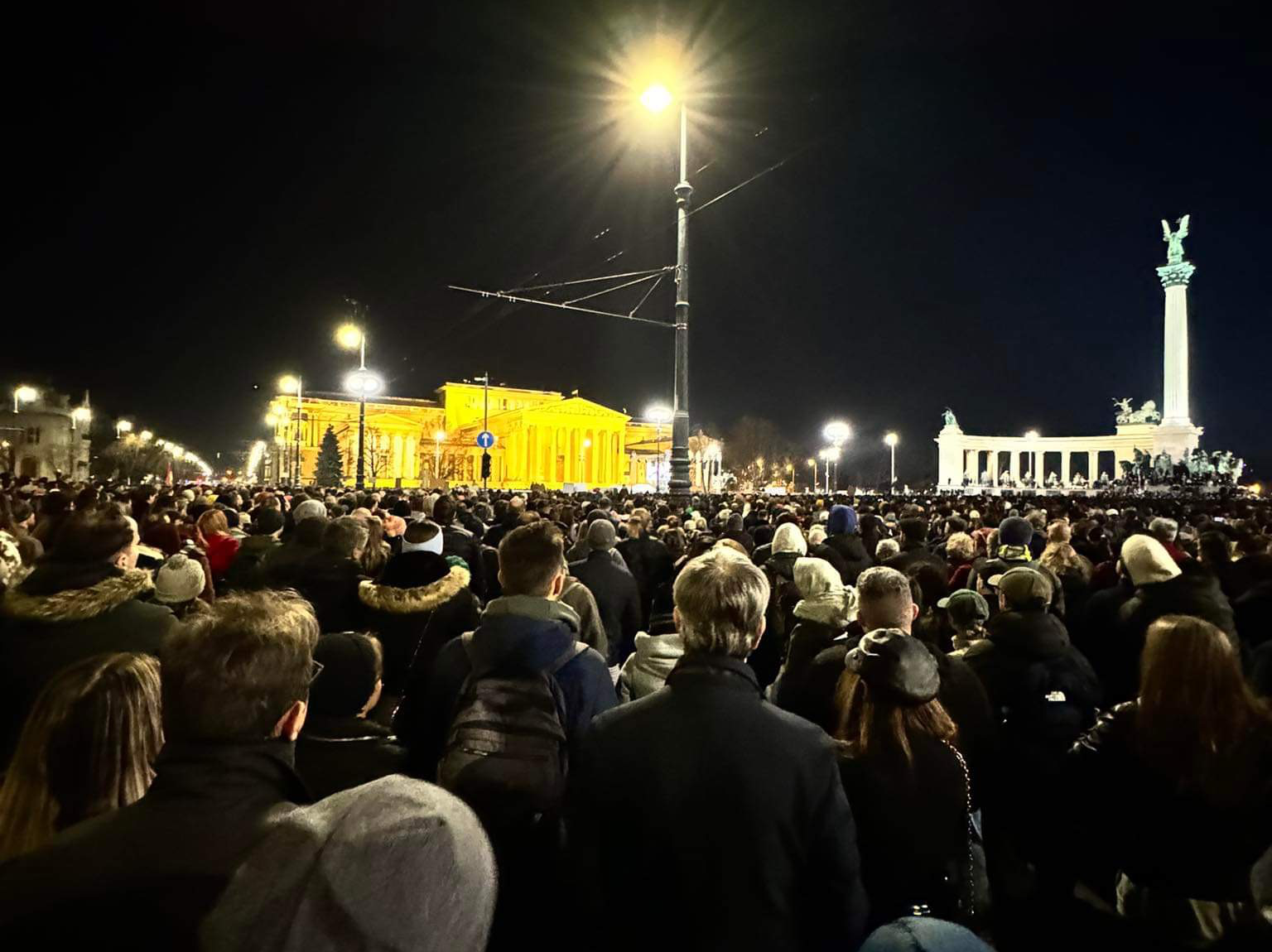Keeping Ahead of Traffic at Region’s Fastest-growing Airport

Traffic management poses ever more challenges to the operators of Budapest Ferenc Liszt International, which has become the fastest-growing airport in the CEE-region. But changes to ease traffic are on the way, operator Budapest Airport tells the Budapest Business Journal.
Kornél Szepessy, CEO of HungaroControl.
In the past few years, traffic has increased considerably at Budapest Ferenc Liszt International Airport: only last year nearly 14.9 million passengers used the airport, 13.5% more than a year earlier. Air traffic movements increased in 2018 by 12% to an annual 115,028 take-offs and landings, which the operator attributes to better utilization of aircraft with higher load factors. Growth over a longer period has also been remarkable.
“The number of passengers we served has grown by 75% over four years,” László Kurucz, deputy spokesperson of Budapest Airport tells BBJ. There are several factors behind the growth. Trans-Atlantic flights have been relaunched, and the number of other non-Schengen flights also increased as a result of serious marketing efforts spanning several years.
“On the short-haul network, we were pleased to welcome 14 new routes in 2018, helping us connect to more than 130 destinations in 124 countries with a network of 45 airlines,” Kurucz says. Budapest Airport has, meanwhile, implemented major developments including a new 10 000 sqm pier, runway refurbishments, and security enhancements, while it has also extended the check-in areas in Terminal 2B as part of its BUD 2020 program, he adds.
Yet one cannot help noticing how much this traffic has impacted travel time, especially if one travels on a busy day. Checking in and getting through security can often take more than two hours, boarding the plane at least an hour more.
New Terminal
Among future infrastructure investments costing up to EUR 700 million is the construction of a new terminal building next to the existing Terminal 2, but it is unlikely to be opened before 2024. Fortunately, some measures to manage traffic are on the way.
“Budapest Airport does everything to meet the demands of increasing passenger traffic, which creates certain pressure points in the system. Right now, we will extend the area of passenger security screening on both [Terminal] A and B sites by 30% and we are doing this by taking space away from retail stores, because improving the passenger experience is at the heart of our goals for 2019,” Kurucz says. This will be completed by April as one of the many measures the operator says it is undertaking to improve efficiency and circulation space.
“In addition, we commenced the design works for a brand new 21st century terminal. Once it is built, the airport will have capacity to serve around 27 million passengers per annum (up to 2030). As part of this project, our first phase foresees that we will decommission the basic boarding gates on the site of Terminal 2A, which have served their purpose until now, but growth drives newer demands and product standards,” the expert notes.
With more aircraft departing and arriving than ever before, the airspace has also become more crowded. In recent decades, the air traffic in Hungary’s skies has increased tenfold, allowing Hungarian air traffic management company HungaroControl to post record numbers almost every month last year, eventually arriving at the one million mark. Traffic has grown by 10% year-on-year in the last three years, the company reports.
European airspace data has far exceeded the official forecasts on which air traffic control companies have based the planning of their capacities (human resources, technology and so on), says Kornél Szepessy, CEO of HungaroControl.
Double Pressure
“Air navigation services are forced to perform under double pressure: on the one hand, they have to provide significantly more capacity to safely handle traffic far exceeding forecasts, while they are also forced to cut operating costs under strong pressure from the European Commission,” he adds.
With inaccurate forecasts, matching the number of air traffic controllers needed to serve the increased traffic is hard. That is especially true since the training of such experts and the acquisition of all the necessary licenses take years. Thus, underestimating air traffic inevitable leads to capacity gaps in Europe. This places an extra burden on air control traffic companies which need to handle more airplanes with the same number of staff, Szepessy notes.
HungaroControl is committed to perform its most important task (guaranteeing safe flying and landing) using the most advanced methods, the CEO says. Several innovative projects by the company, including a program to reform tower control systems, have won EU-funding. In the coming years, HungaroControl will invest a total of HUF 6 billion in the technology infrastructure of airport airspace control.
Among the innovations the company is looking at is the potential use of electroencephalogram (EEG) for air traffic management, and a fog-screening software solution developed with the help of contractors that, by improving visibility, could help the work of air traffic controllers.
Debrecen Also on Expanding Flight Path
Traffic at Debrecen International Airport has also increased significantly, according to a recent release. Last January, a grand total of 24,072 passengers used the airport in Debrecen. This number was surpassed this year after a mere 22 days, indicating strong growth. The airport expects a 35% increase in passenger numbers compared to the same month of last year by the end of January.
As the leading airport in the region, Debrecen International Airport says it is prepared for a dynamic growth in passenger numbers. To prepare for that, it has extended the waiting room on both the air and land sides, upgraded water blocks, and doubled the number of gates. The airport has also acquired modern tools for passenger services and hired new employees. Modernization is regarded as important as the airport expects to reach 700,000 passengers this year.
SUPPORT THE BUDAPEST BUSINESS JOURNAL
Producing journalism that is worthy of the name is a costly business. For 27 years, the publishers, editors and reporters of the Budapest Business Journal have striven to bring you business news that works, information that you can trust, that is factual, accurate and presented without fear or favor.
Newspaper organizations across the globe have struggled to find a business model that allows them to continue to excel, without compromising their ability to perform. Most recently, some have experimented with the idea of involving their most important stakeholders, their readers.
We would like to offer that same opportunity to our readers. We would like to invite you to help us deliver the quality business journalism you require. Hit our Support the BBJ button and you can choose the how much and how often you send us your contributions.










